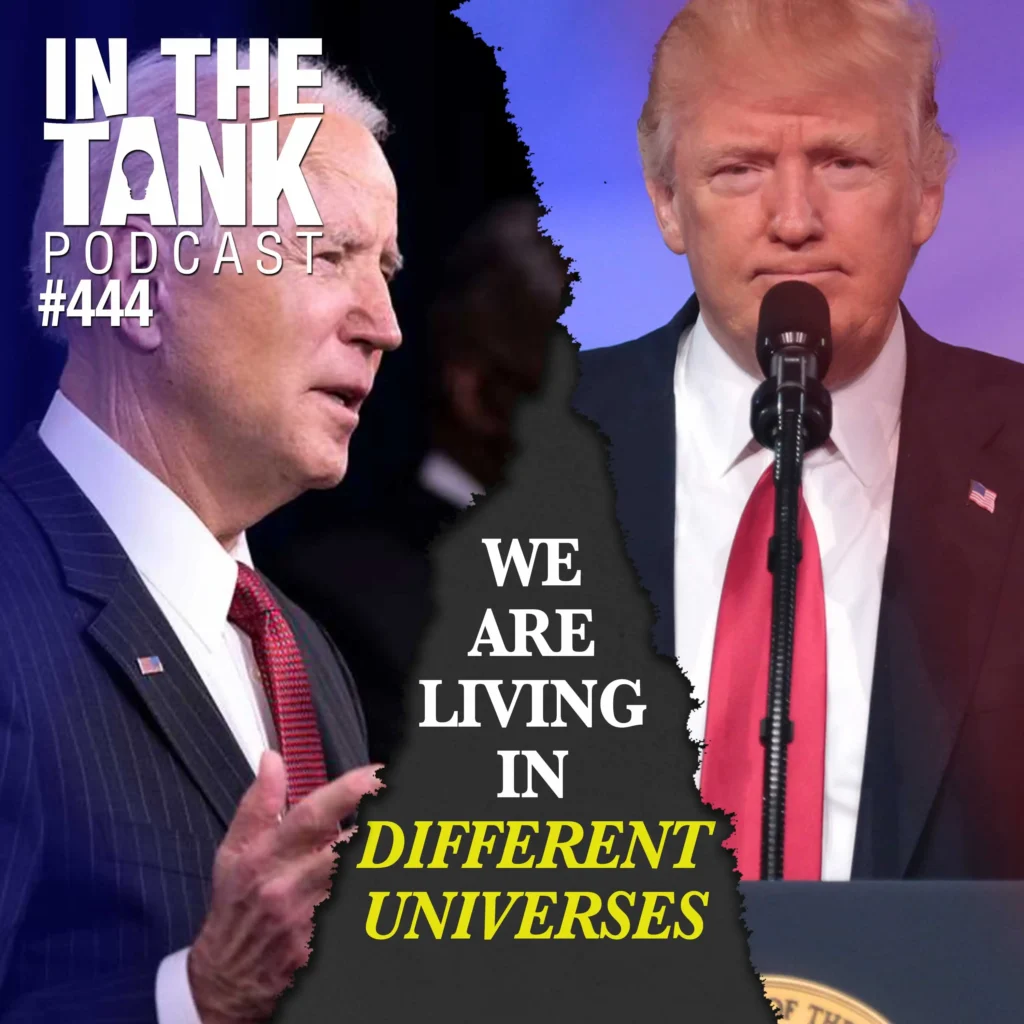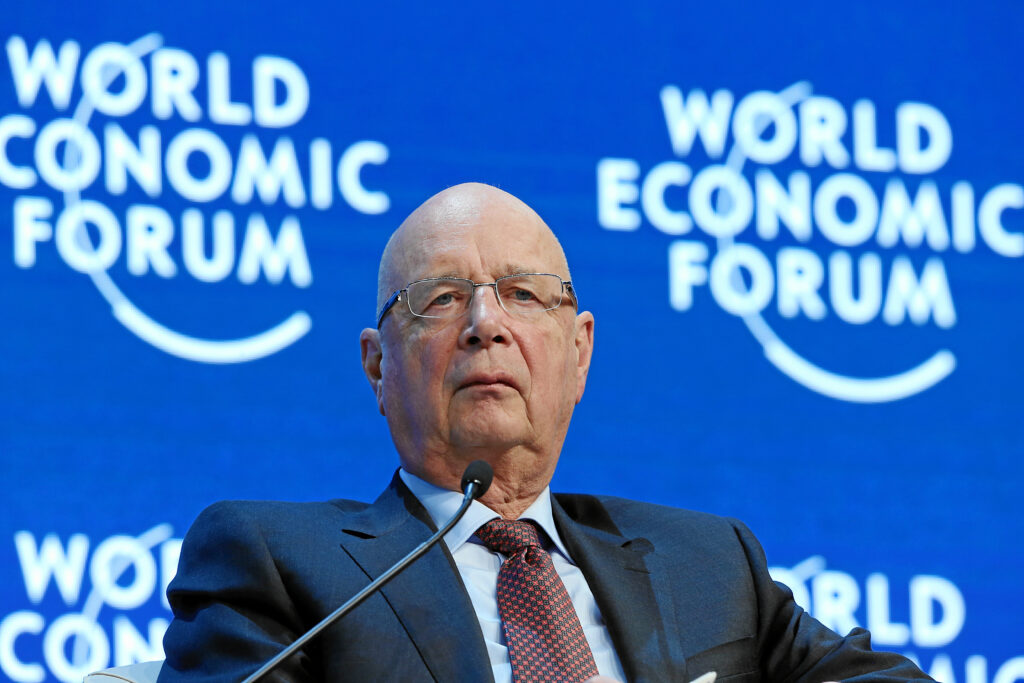Reports of the death of labor union influence in American politics are greatly exaggerated—and a bit premature.
Organized labor no doubt has had a rough time of it in recent months and indeed years. For many people, the focus on unions’ woes began in June when Wisconsin voters refused to recall Gov. Scott Walker (R). Walker actually received 200,000 more votes in the recall election than in 2010 to become governor. In addition, 40 percent of the members of union households voted for him to remain in office.
On that same day in San Jose and San Diego, California, voters by overwhelming margins chose to reduce government pension costs. These measures were, of course, vigorously opposed by labor unions.
Falling Approval Ratings
Public opinion toward labor unions has been declining in recent years. In August 2009 the Gallup Poll reported, for the first time since it began asking the question in 1936, public approval of labor unions was less than 50 percent.
This may have seemed to be a result of the widespread news coverage of union goons harassing Tea Party protestors just a few weeks before the poll was taken. But the following February the Pew Center reported a plurality of poll respondents had an “unfavorable” impression of labor unions.
The decline of labor unions has been a long time in the making. Union density—the percentage of the workforce in unions—peaked at approximately 30 percent in the 1950s. At that time about 35 percent of workers on private payrolls and 12 percent of government employees were union members.
Fast forward to 2011, and the Bureau of Labor Statistics reports 11.8 percent of the total workforce—6.9 percent in the private sector and 37.0 percent in the public—are members of labor unions. This is a complete reversal of the situation in the union heyday and may help to explain organized labor’s image problem.
Unions’ Changing Makeup
In the “good old days” when Gallup asked about approval of labor unions, what came to mind were factory workers and construction tradesmen. As a consequence of union decline in the private sector and growth in the public sector, in 2011 more than half of all union members in the United States work for government. This is true even though only about one in six jobs are in government.
It is likely that the 21st century image of U.S. labor unions is a far cry from that of the 1950s. For many Americans the public perception of government employees is, as demographer and urban planning consultant Wendell Cox so aptly put it, the “privileged class.”
It seems as if the only thing the unions have left is money—lots of money. In Michigan they are pushing a ballot measure with the Orwellian name of the “Protect Our Jobs Amendment” to cement union special privileges in the state constitution. A recent press report indicates the unions have already mustered more than $8 million to promote the amendment.
In California unions are fighting a political spending initiative called “Prop. 32” which would bar the use of union dues for politics. The National Education Association, which itself has financial problems, found an extra $5 million to give to its state affiliate, the California Teachers Association, to fight this battle. The state affiliate has chipped in another $7.5 million. And that’s just one union is a state where government unions are the king of the political money hill.
Diverse Rank-and-File
An interesting dichotomy is that some economists recognize unions benefit most those who need help least, yet they support unions as a voice for workers. It is that “voice for workers” that has caused unions so much legal trouble and negative publicity. It is not as if all workers’ political beliefs are cut from the same mold. Ronald Reagan, after all, garnered 45 percent of the union household vote in 1980 despite vigorous union opposition.
Over the last four decades the National Right to Work Foundation has repeatedly gone to the U.S. Supreme Court to win victories for workers who objected to their forced dues being spent on political causes to which they objected. This sort of political freedom is as old as the nation itself. In the debate on Virginia’s Religious Liberty Act, Thomas Jefferson famously said, “to compel a man to furnish contributions of money for the propagation of opinions which he disbelieves and abhors is sinful and tyrannical.”
Worsened Pensions Picture
All of the above is taking place in the context of new guidelines from the Governmental Accounting Standards Board regarding accounting for the accrued liabilities of public pension plans. Plans that had looked reasonably well-funded are in trouble, and those that looked poorly funded are basket cases.
One example: Under the old rules the Illinois Teachers Retirement System appeared to have enough funding to cover 48.4 percent of its obligations. Under the new standards that figure is 18.8 percent. To make matters worse, Moody’s Investors Service has determined the new standards don’t go far enough and is developing its own rules for rating government bonds.
Massive tax hikes or reductions in public employee benefits are thus inevitable. That might make the reported demise of labor unions a little less of an exaggeration.
David Denholm ([email protected]) is president of the Public Service Research Foundation, a research and education organization studying labor unions and union influence on public policy.




